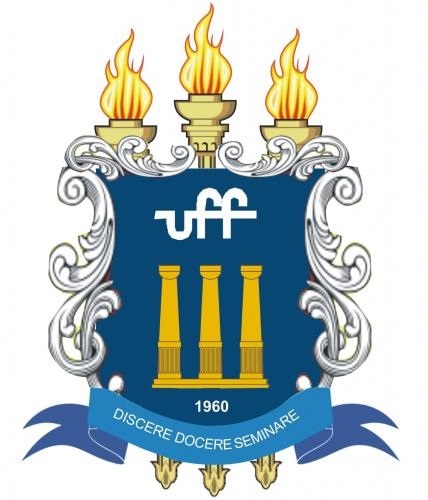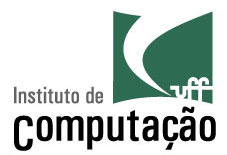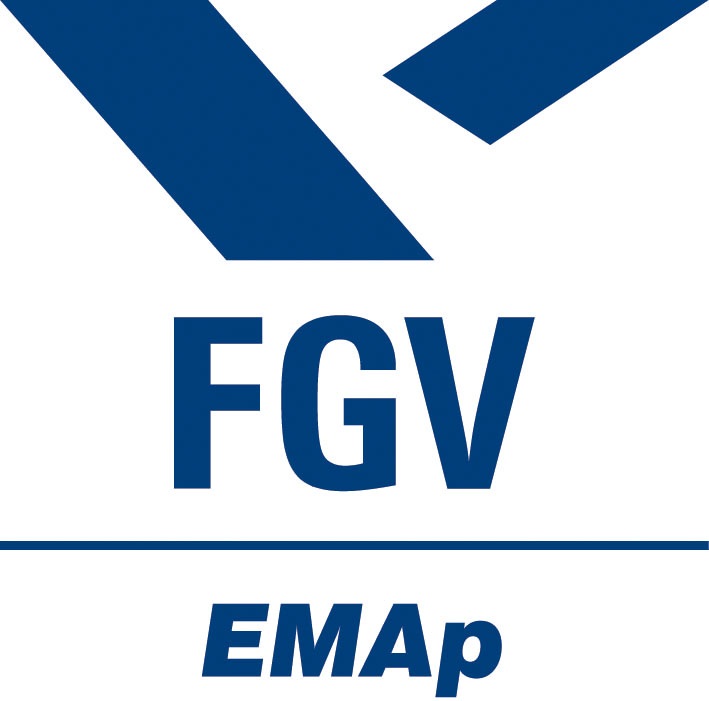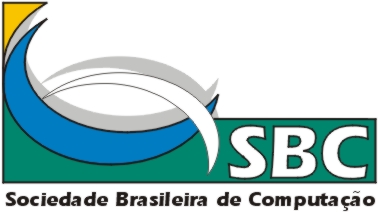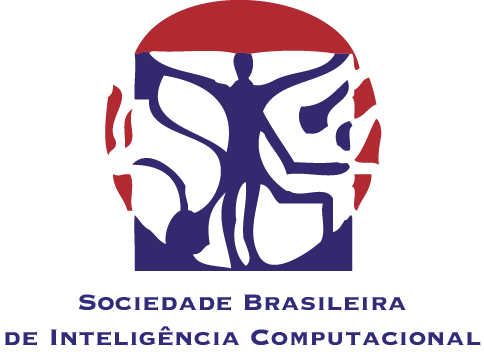- Program
- Keynote Speakers
- Tutorials
- Technical Sessions
(oral) - Technical Sessions
(poster) - Technology Session
IX Workshop de Visão Computacional (WVC 2013)
Invited Talks
Prof. Alessandro Verri, PhD
Università di Genova, Itália
Title: Regularized methods for learning
Abstract:
In several domains, learning a dictionary of features from data provides adaptive schemes which are possibly well suited for addressing reconstruction and classification tasks. Regularization methods provide an ideal setting for dictionary learning since the choice of the penalties can be driven by the prior knowledge on the specific problem. In this talk we will review regularization methods in the context of learning, discuss some recent developments in the case of dictionary learning and present some experimental results in the domain of computer vision, biomedical image analysis and, time permitting, computational biology.
Short Bio:Alessandro Verri’s scientific interests include learning theory, design and development of learning algorithms with applications in image understanding, object and text categorization, and biomedical data analysis, and computational methods for 2D and 3D computer vision problems. He has published papers on stereopsis, motion analysis, modeling of motion perception, interpretation of 3D scenes, shape representation, object recognition, learning theory, and learning algorithms. Over the years he tought undergraduate and graduate courses on topics like Signal and Control Theory, Information Theory, Introduction to Programming, Computer Vision and Statistical Learning, and has been invited to give courses on Computer Vision and Statistical Learning at several National and International Advanced Schools. From 1998 to 2001 he tought Networks for Learning: Regression and Classification at MIT (with Tomaso Poggio). He has coauthored a textbook on Computer Vision (with Emanuele Trucco) published by Prentice Hall in 1998. Currently he supervises the activity of 4 PhD students. He have concluded the supervision of 7 PhD and 82 master students.
Prof. Alexandre Xavier Falcão, PhD
Instituto de Computação, UNICAMP
Title: Image Annotation: Can we get high accuracy fast and with minimal human interaction?
Abstract:
Image datasets from multiple imaging modalities (e.g., medical, remote sensing, photography, video) are commonly available to support research, education, entertainment, and several other activities. As these datasets grow large, image annotation by keywords becomes a crucial task for effective information retrieval due to the semantic gap between visual features and user expectations. In this scenario, manual image annotation is infeasible and active learning strategies are paramount. These techniques must select a relatively small training set with the most informative images for manual annotation/correction, such that the assigned keywords can be automatically propagated to the remaining images in the dataset. However, can we get high accuracy fast and with minimal human interaction? In this talk, I will present a new approach for active learning which answers that question. This approach effectively reduces and organizes a learning set of images, and selects the most representative ones for human annotation. The methods are based on the optimum-path forest framework, used for fast image clustering and classification. The talk will be divided into four parts. First, the image annotation problem, related works, and the importance of dataset reduction and organization are introduced. Second, the optimum-path forest clustering is used to considerably reduce the dataset into a learning set of images. A minimum-spanning tree of the learning set is then exploited for image organization. Third, an optimum-path forest classifier is trained in a few iterations of active learning, while it selects images from the organized learning set for user annotation/correction. Finally, I will justify the choice for the optimum-path forest framework by presenting results which also include our active learning approach using other clustering and classification methods.
Short Bio:Alexandre Xavier Falcão is a full professor at the Institute of Computing, University of Campinas, Campinas, SP, Brazil. He received a B.Sc. in Electrical Engineering from the Federal University of Pernambuco, Recife, PE, Brazil, in 1988. He has worked in biomedical image processing, visualization and analysis since 1991. In 1993, he received a M.Sc. in Electrical Engineering from the University of Campinas, Campinas, SP, Brazil. During 1994-1996, he worked with the Medical Image Processing Group at the Department of Radiology, University of Pennsylvania, PA, USA, on interactive image segmentation for his doctorate. He got his doctorate in Electrical Engineering from the University of Campinas in 1996. In 1997, he worked in a research center (CPqD-TELEBRAS, Campinas) developing methods for video quality assessment. His experience as professor of Computer Science started in 1998 at the University of Campinas. His main research interests include image segmentation, volume visualization, content-based image retrieval, mathematical morphology, digital video processing, remote sensing image analysis, machine learning, pattern recognition, and biomedical image analysis.
Prof. Andres Bruhn, PhD
Institute for Visualization and Interactive Systems, University of Stuttgart
Title: Variational methods for correspondence problems in computer vision
Abstract:
The estimation of correspondences between two or more images is one of the fundamental problems in computer vision. It is related to many interesting fields such as optical flow estimation, stereo reconstruction, image registration and motion-aware video processing. Since first approaches were developed in the late 70s variational methods, i.e. global optimization methods, have been among the most popular techniques for solving such tasks. In the last three decades this popularity triggered a tremendous amount of research in the field. Nowadays global optimization methods belong to those methods that are best understood and that offer the best performance in terms of accuracy. This talk gives an overview of the modeling and the algorithmic concepts for variational methods for correspondence problems in computer vision. Thereby we address four important aspects of estimating correspondence problems with variational methods: (i) First, it gives insights into the design of highly precise models that are among the most accurate approaches in the literature. This is done by discussing recent modeling concepts for motion estimation and embedding them into a general implementation framework. (ii) Secondly, it presents efficient numerical algorithms both on sequential and parallel architectures. Despite the complexity of the underlying optimization problems, these algorithms allow to compute dense motion fields of excellent quality in real-time. (iii) Furthermore, the talk shows the extensibility of the discussed models to other important correspondence problems in computer vision such as single and multi-view stereo reconstruction, scene flow, and facial performance capture. By jointly estimating the 3-D motion, the depth and the scene geometry, those methods are able to provide results that are robust and accurate at the same time. (iv) Finally, it comments on several applications for which motion information plays a key role. Such applications include video processing, image registration as well as audio-visual speech recognition.
Short Bio:
Andrés Bruhn is a professor of computer science at the University of Stuttgart, Germany, where he heads the Computer
Vision and Intelligent Systems group at the Institute for Visualization and Interactive Systems (VIS). He received a
diploma degree in Computer Engineering from the University of Mannheim, Mannheim, Germany (2001) and a Ph.D. degree
in Computer Science from Saarland University, Saarbrücken, Germany (2006). After working as a postdoctoral researcher
(2006-2007) he was associated as an assistant professor with the Mathematical Image Analysis Group at Saarland University,
Saarbrücken, Germany (2007-2012). During this time he spent two months as a visiting researcher at the University of
Las Palmas, Gran Canaria, Spain (2009) and built up an independent research group on Vision and Image Processing within
the Cluster of Excellence "Multimodal Computing and Interaction" (2010-2012). His research interests include various
topics in the field of computer vision and image processing such as motion estimation, stereo reconstruction, image and
video enhancement, image compression as well as the design of efficient numerical schemes. On this topics he published
over 60 papers in peer reviewed conferences and journals. His publications received several awards, among them the 2004
Longuet-Higgins Best Paper Award of the European Conference on Computer Vision (ECCV), the 2006 Olympus Prize and the
2010 Main Prize of the German Pattern Recognition Society (DAGM), and the 2006 Outstanding Dissertation Award of the
German Society of Computer Science (GI), the Swiss Computer Science Society (SI), the Austrian Computer Society (OCG)
and the German Chapters of the ACM (GChACM). Moreover, he was nominated as one of two national finalists for the 2008
Cor Baayen Award of the European Research Consortium for Informatics and Mathematics (ERCIM).


